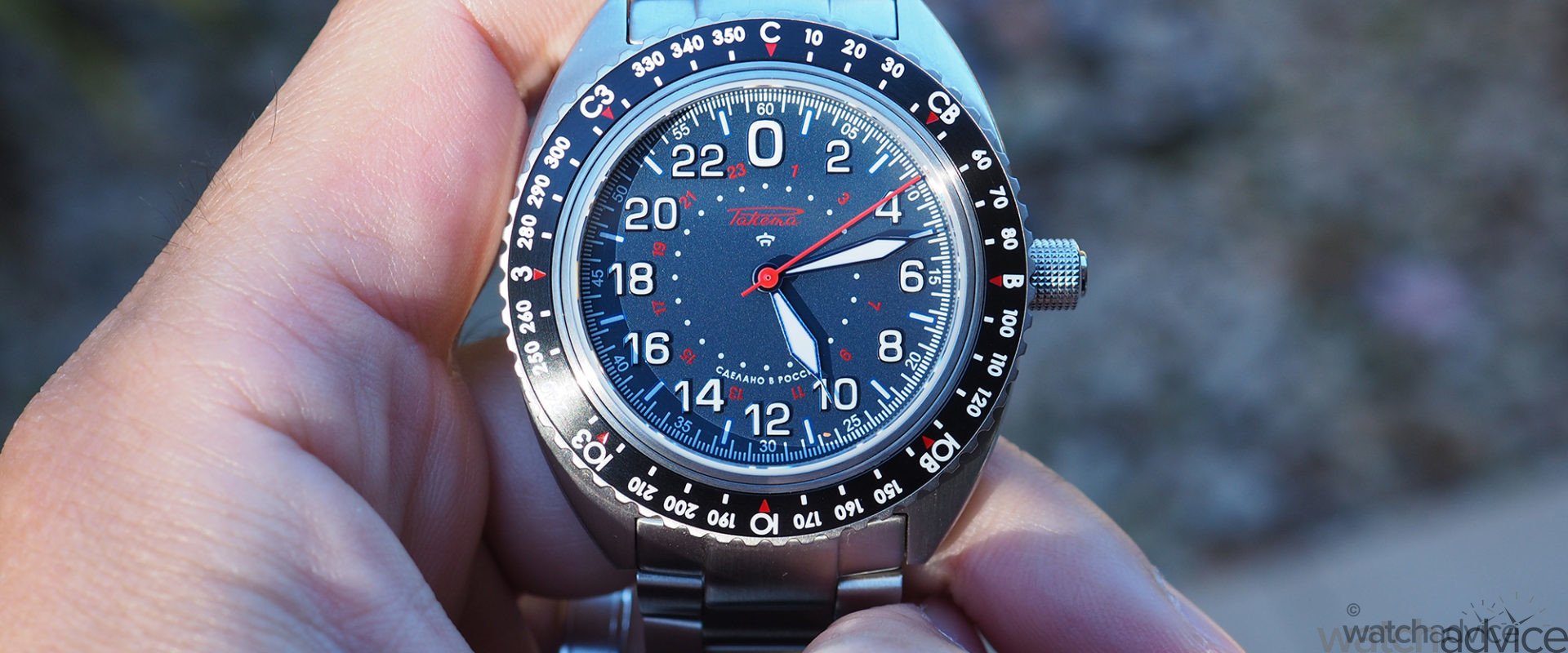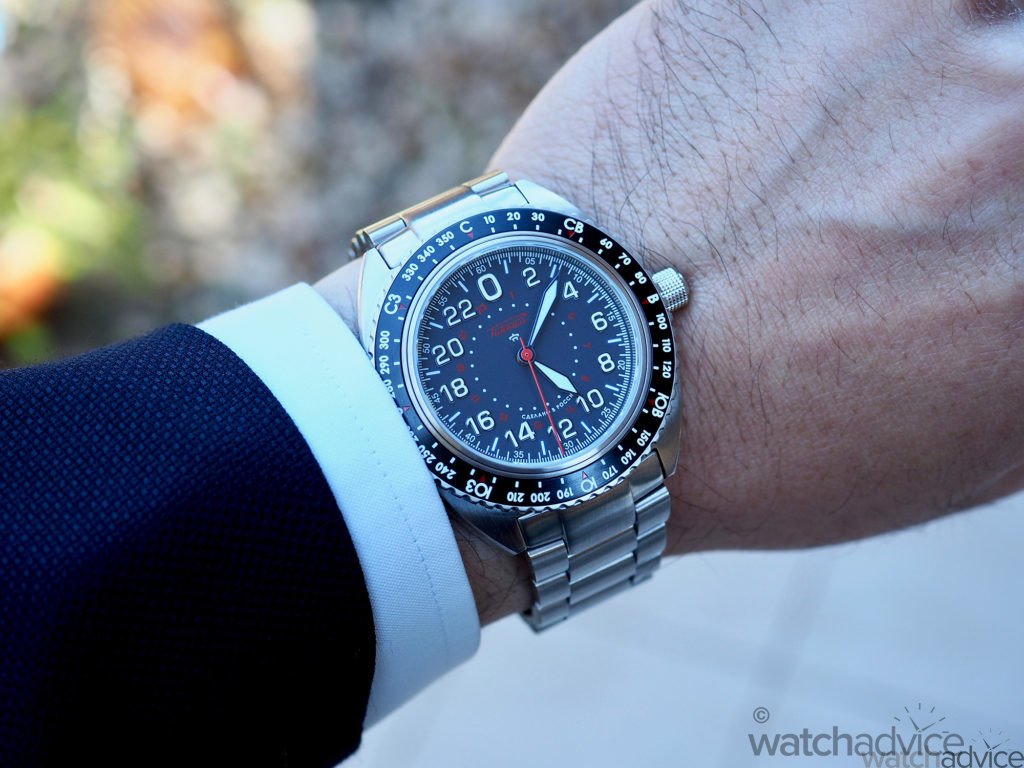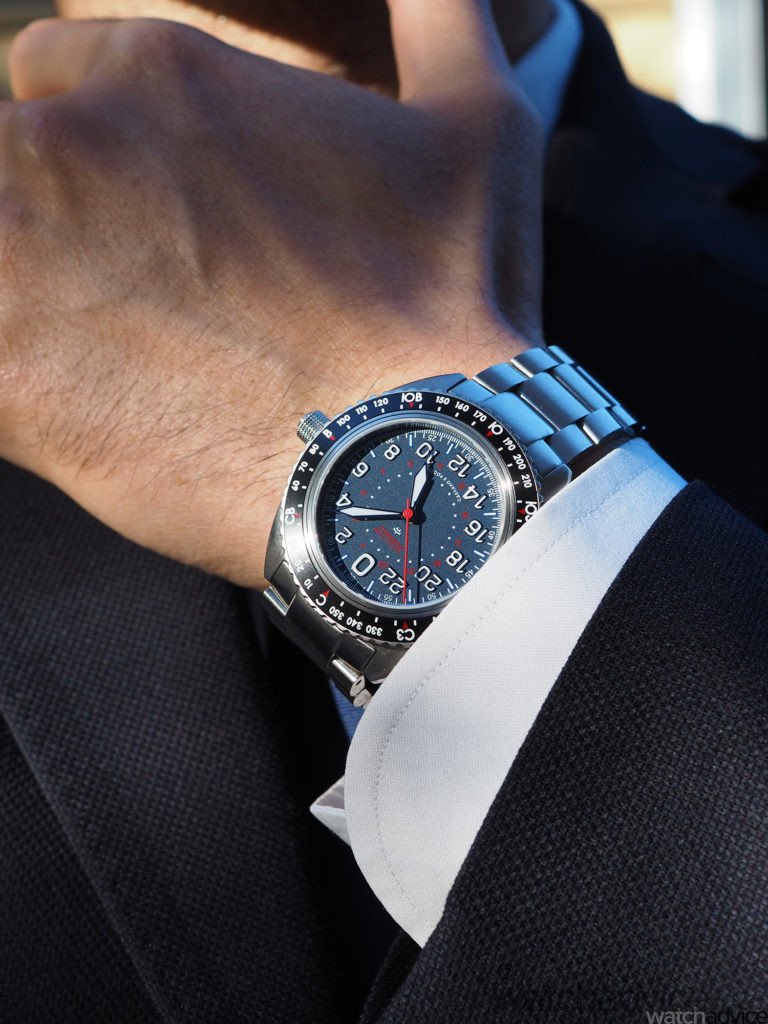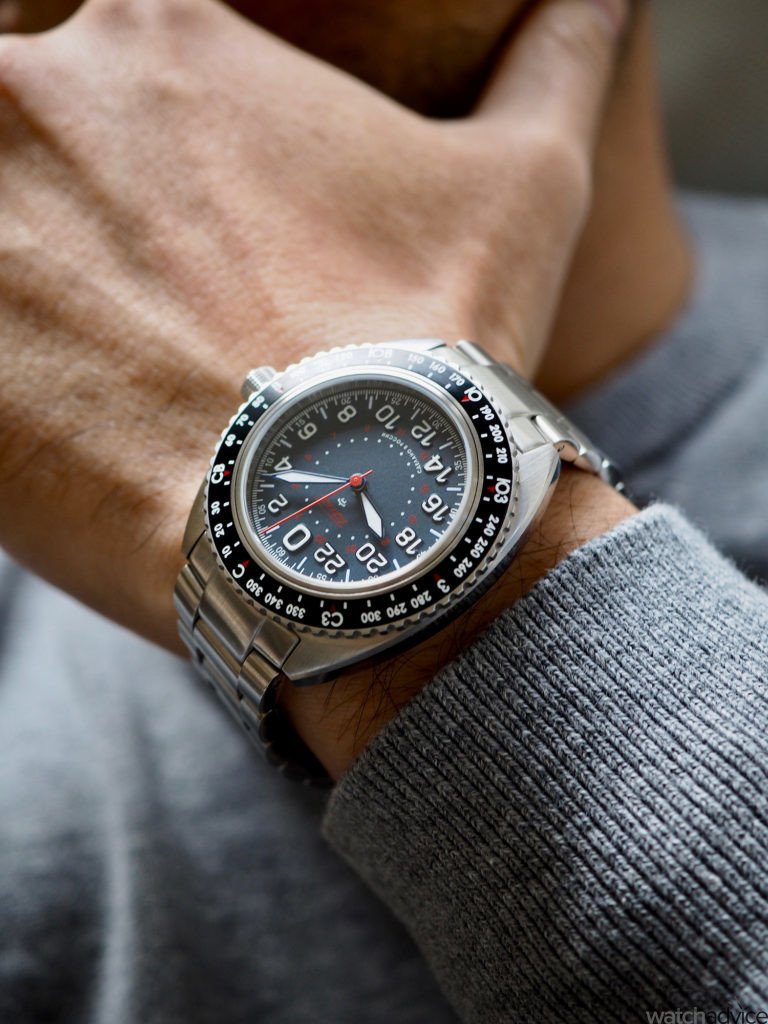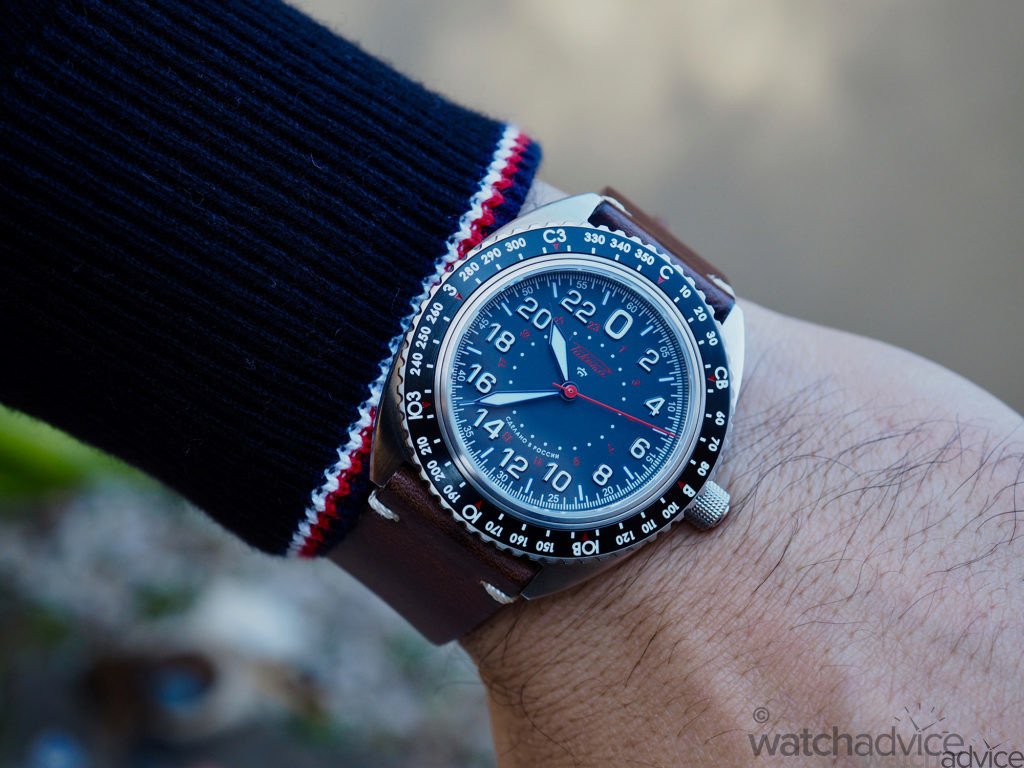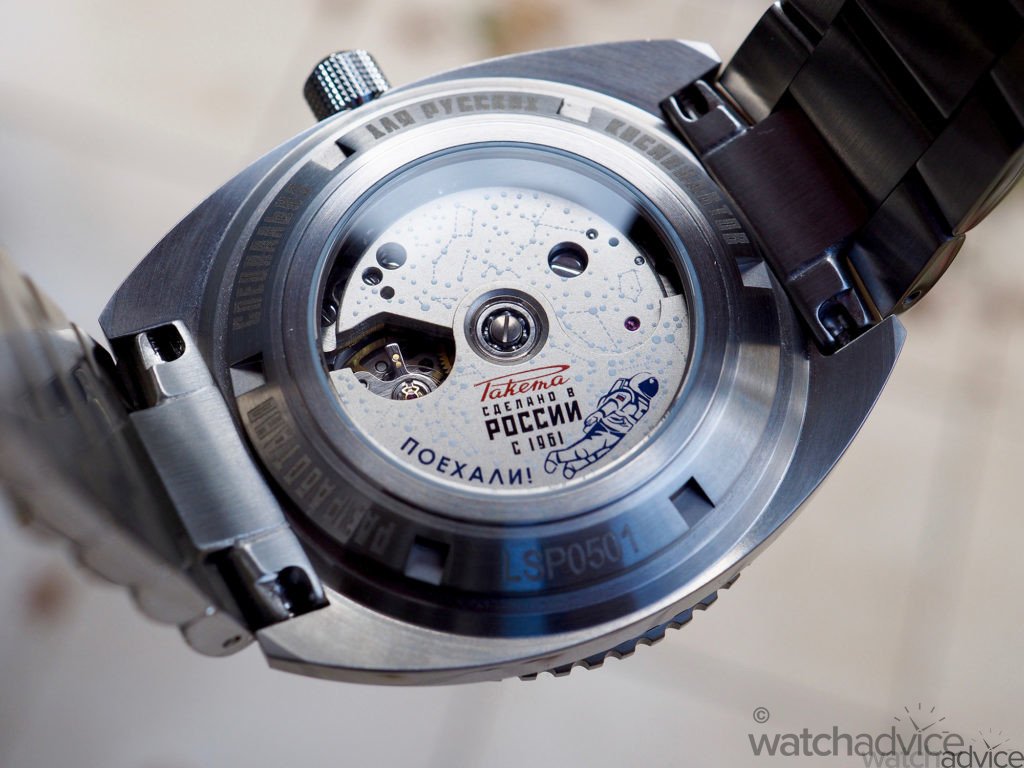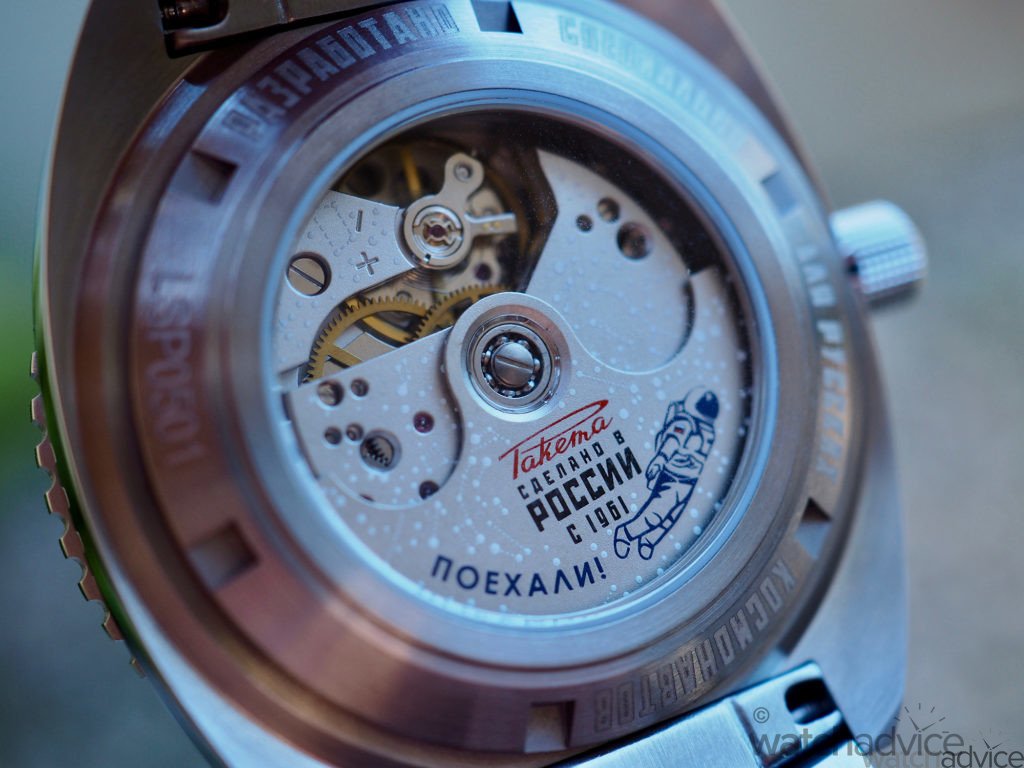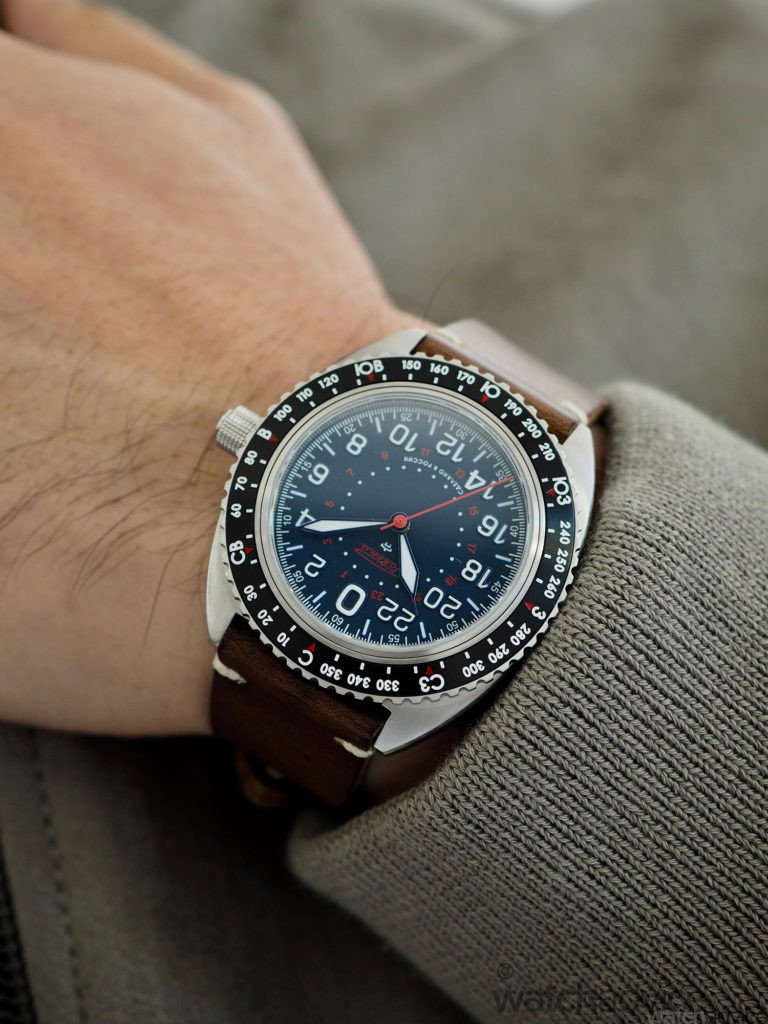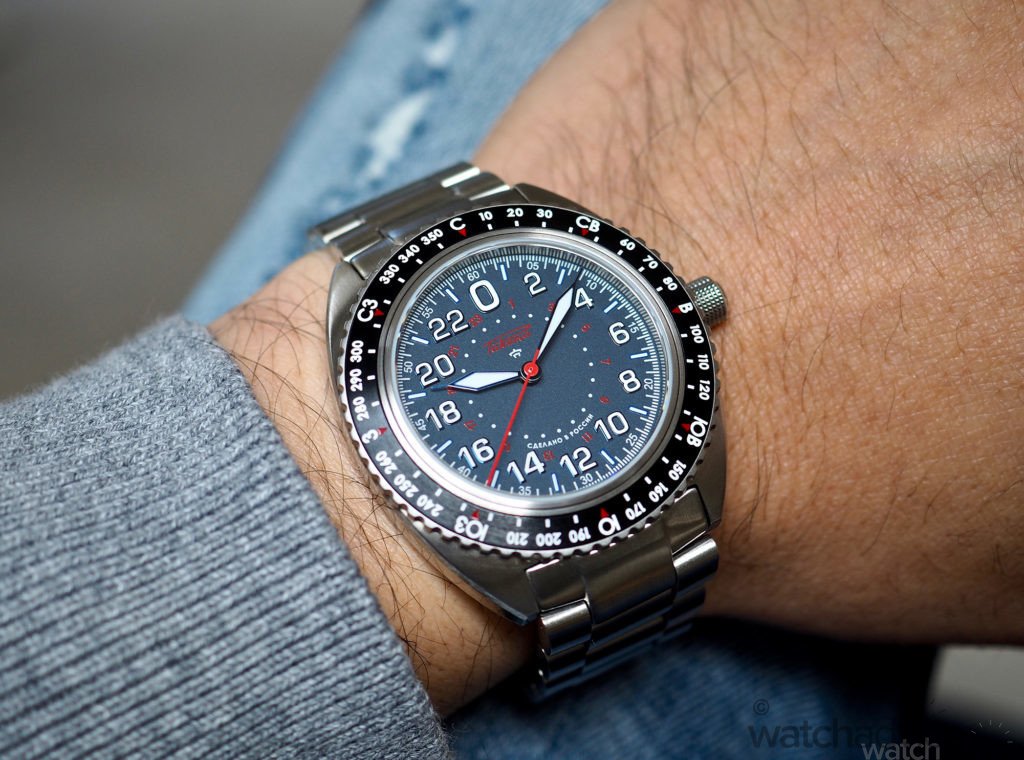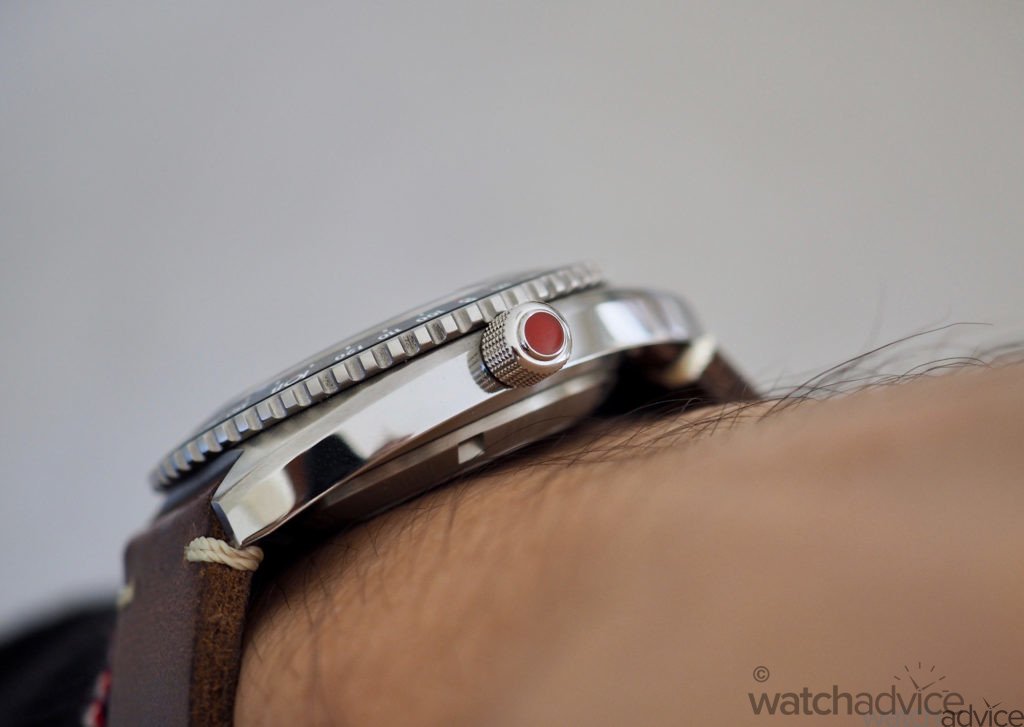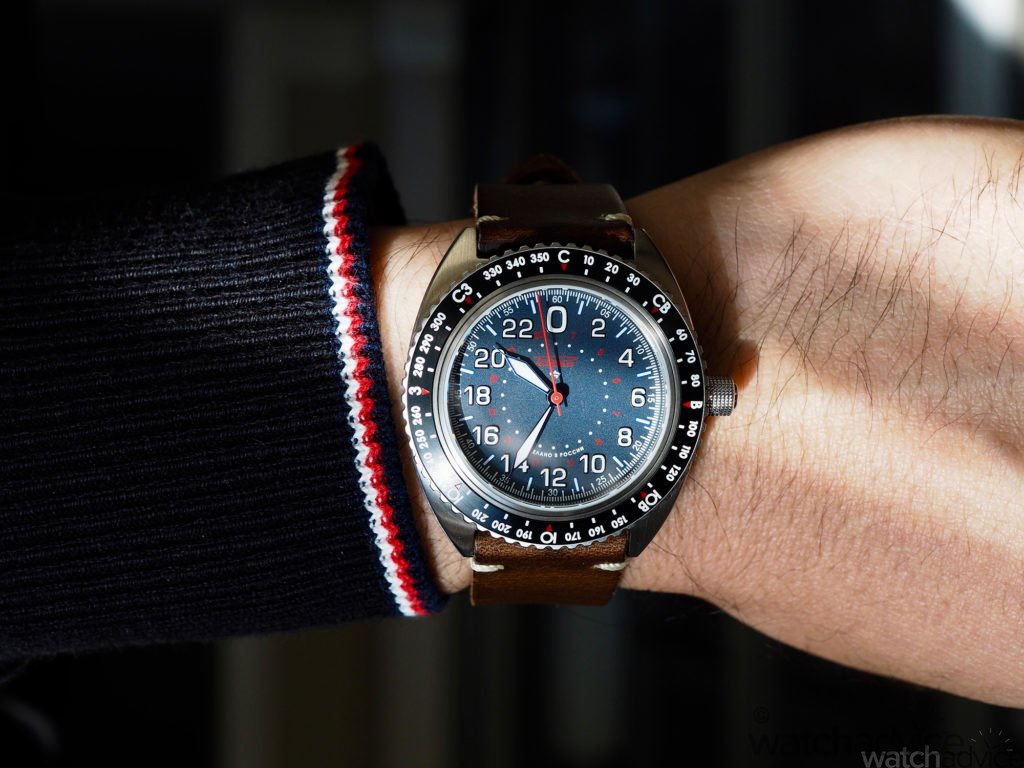It’s the dawn of the new space age. Over the past 10 days, we have had two separate billionaires venturing into space in their very own spacecraft. With Elon Musk also firmly in the race (albeit not in his own ship… yet), it’s quite apt that we look at another aspect of the space age… as in, what will the space tourists wear on their wrist… in space???
When we think about mechanical watches, Swiss and Japanese watches usually come to mind. Perhaps followed closely by German watches. What about Russian? They pop up in a watch conversation perhaps as many times as humans have been into space. (Although given recent developments, the numbers might grow in favour of humans in space…) However, the Russians did have a thriving watch industry and whatever your viewpoints are political, you cannot ignore the fact that there are many interesting and fascinating Russian watches available today. Some of them were even developed with space travel in mind.
Introduced in 1961, named in honour of Yuri Gagarin’s first manned flight to outer space on the Vostok 1, Raketa (Russian for “Rocket”) is perhaps one of the better known Russian watch companies. In fact, they are a true Manufacture in the sense that not only do they make their own movements, they also produce their own hairsprings, meaning they don’t need to rely on Swiss or Japanese supplies for this crucial part.
One of the main points of difference is the “secret Soviet alloy” used to produce the hairspring, that the “tick-tock” sound the escapement makes is quite different to that of the Swiss escapement. Beating at a leisurely 18,000 vPH, the movement is rated to a tolerance of -10 to +20 seconds per day. Not fantastic, but good enough for daily usage. And it’s not like the current day space travellers will be relying on their mechanical watches to time rocket thrusts… There are variations to the movement and this version (calibre 2624) as fitted to the “Baikonur” model features a 24-hour display instead of the usual 12 hours, and this is important. we’ll get to that in a minute.
The Baikonur we have today is a specialised watch, developed by cosmonauts, for cosmonauts (or cosmonauts-at-heart). Sergei Krikalev holds the record for the number of stays in space (6 stays) and the total aggregate time spent in space (803 days, almost 2.5 years). The number of records broken by Sergei has earned him the nickname in Russia as the “Record Man”. If anyone is qualified to develop a watch for space use, he certainly matches the brief.
The watch needed by cosmonauts needed to be simple and robust, a tool watch that can withstand the extreme conditions of space. It also needs to have a 24-hour display to allow tracking of night and day on the ISS because otherwise, it can be quite confusing and disorienting to have 16 sunrises and sunsets every 24 hours (the ISS circles the Earth every 90 minutes). And finally, it also serves as a solar compass by pointing the hour hand towards the sun. This is very useful should the electronic compass fails. You might need to take some time to acclimatise to the watch on land, but it is immensely useful in space.
As with any watch with a see-through casebook, some sort of movement decoration is expected these days, and rather than some sort of variation on the Geneva stripe, Raketa has opted for a beautifully printed decoration on the Manufacture movement, featuring a cosmonaut who flies around the celestial bodies as the rotor spins, and the famous quotation from Gagarin in Russian, which translates to “Let’s go!” in English.
Made from sturdy stainless steel, the Baikonur is a solid, substantial watch with a tool watch finishing. Perfectly suited to the needs it was designed for, it will easily take a daily beating as a desk diver or the hustle and bustle of the school pick-up and drop-off. It’ll also more than survive a dip in the pool, as well as the car wash, thanks to its 200m water resistance and a screw-in crown. Speaking of the crown, it might stick out like a sore thumb, but that makes it easy to wind and change the time (again, an essential feature as the watch needs to be manually wound in space, given the automatic system won’t work).
It sits well on the wrist, with the case curvature hugging the wrist, meaning it doesn’t stick out. It’s by no means a thin watch, but case height is easily manageable. There is also the option of rubber or a leather strap, and swapping them over is easy enough if you have the right tools or access to a competent watchmaker.
For those who don’t have a cool $250k to book a spot on Virgin Galactic or the even cooler $100mil (says Bezos) for the Blue Origin trip, at just AUD2250, the Baikonur is a very cost-effective way to live your dreams of being an astronaut/cosmonaut. Yes, there is the Speedmaster but that’s over $10k these days. The Bulova? that’s quartz. Not that there’s anything wrong with that…
Specification:
- Case: 43mm, 13.15mm thickness and approximately 47mm lug-lug
- Case Material: Stainless steel
- Dial: Blue
- Crystal: Sapphire, Mineral Crystal Exhibition case back
- Water resistance: 200 meters
- Movement: Manufacture Raketa Watch Factory 2624A Automatic movement
- Power reserve: 40 hours


